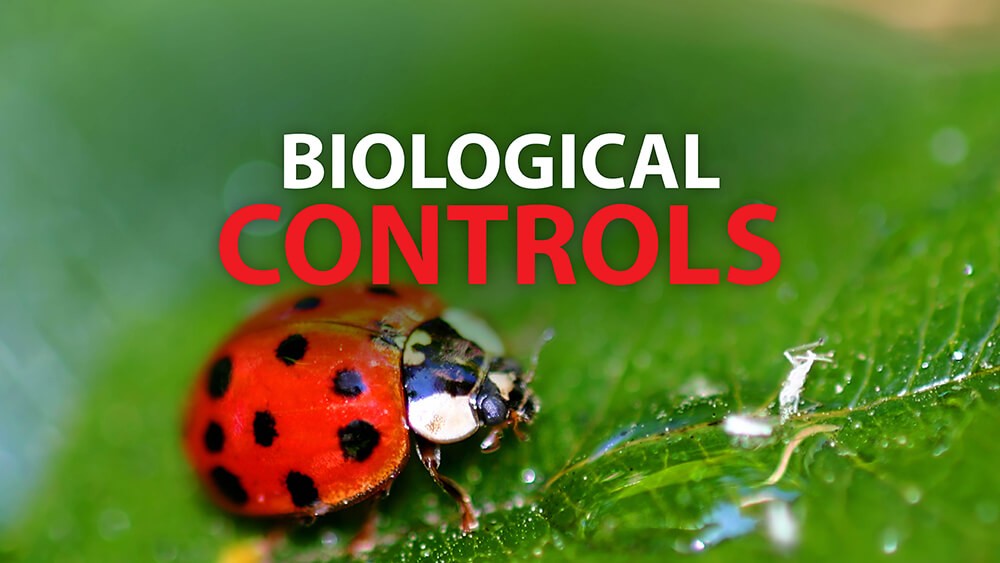Pest and disease management
has always been an important aspect of agriculture. Farmers have traditionally relied on chemicals and pesticides to protect their crops from pests and diseases. However, these methods have become less effective in recent years, as pests and diseases have become resistant to these chemicals. In addition, there is growing concern about the impact of chemicals on the environment and human health. As a result, there is a need for more sustainable and effective methods of pest and disease management. In this blog post, we will explore some of the future trends in pest and disease management in agriculture.
- Integrated Pest Management (IPM)
- Biological Control
Biological control is another sustainable method of pest management that uses natural enemies of pests to control their populations. This method involves introducing natural predators, such as parasitic wasps, to control the pest populations. Biological control is a more targeted approach to pest management, and is effective in controlling specific pests. It also has minimal impact on the environment, and is safe for humans and animals.
- Advanced Technology
Advances in technology are also changing the way we manage pests and diseases. For example, drones are being used to monitor crops and identify areas that are at risk of pest infestation. This allows farmers to take action before the problem becomes severe. In addition, sensors are being used to detect the presence of pests and diseases in crops. These sensors can detect changes in the crop's temperature, humidity, and other factors, which are indicative of pest infestations.
- Genetic Engineering
Genetic engineering is a controversial method of pest management that involves modifying the genes of crops to make them resistant to pests and diseases. This approach involves introducing genes from other organisms, such as bacteria or viruses, into the crop's DNA. This approach has the potential to be effective in controlling pests and diseases, but it is also controversial because of the potential long-term effects on the environment and human health.
- Citizen Science
Citizen science is a growing trend in pest and disease management, where farmers and other stakeholders are encouraged to contribute to the monitoring and control of pests and diseases. This approach involves training farmers to identify and monitor pests and diseases, and to report their findings to a central database. This data can then be used to develop more effective pest and disease management strategies.
In conclusion
the future of pest and disease management in agriculture is moving towards more sustainable and effective methods. Integrated Pest Management, Biological Control, Advanced Technology, Genetic Engineering, and Citizen Science are some of the trends that are shaping the future of pest and disease management. These methods are more effective, safer, and more sustainable, and will help to ensure a more secure food supply for future generations.





Post a Comment